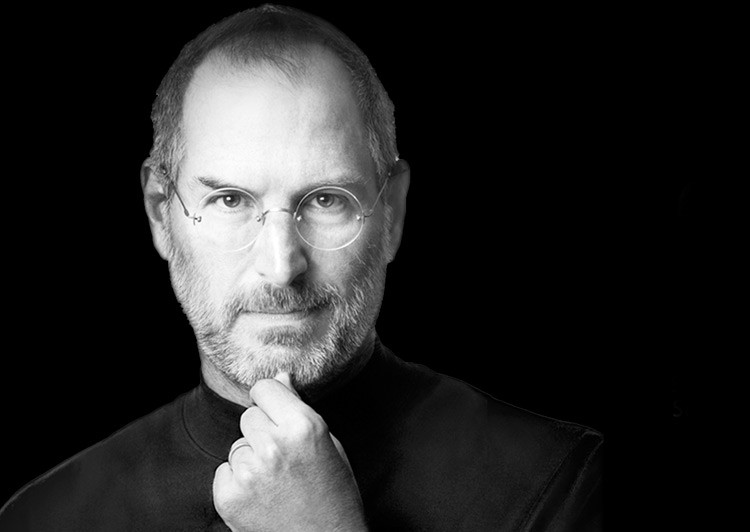When Steve Jobs asked engineers at Apple to work on a touchscreen device, he set off a chain of events that changed the way people saw and used phones.
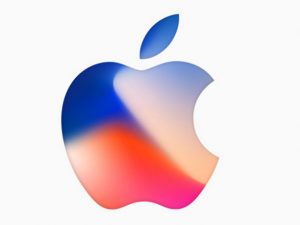 The first iPhone was released in June 2007 and was a phenomenonal success. The company could not keep pace with demand. Despite this, Jobs offered each employee a free iPhone.
The first iPhone was released in June 2007 and was a phenomenonal success. The company could not keep pace with demand. Despite this, Jobs offered each employee a free iPhone.
Later, Jobs introduced users to the world of apps, which is now an integral part of smart phones.
Since then, every year, the world has been looking forward to the next big thing from Apple. Despite competition intensifying over the years with rival offering similar features at a lesser cost and, at times, even better features, Apple continuous to be the company that others look up to for innovation. As the company prepares to unveil its latest phone, we take a look at its phones over the years.
Apple’s biggest event to showcase its new launches
Big day for Apple iphone fans
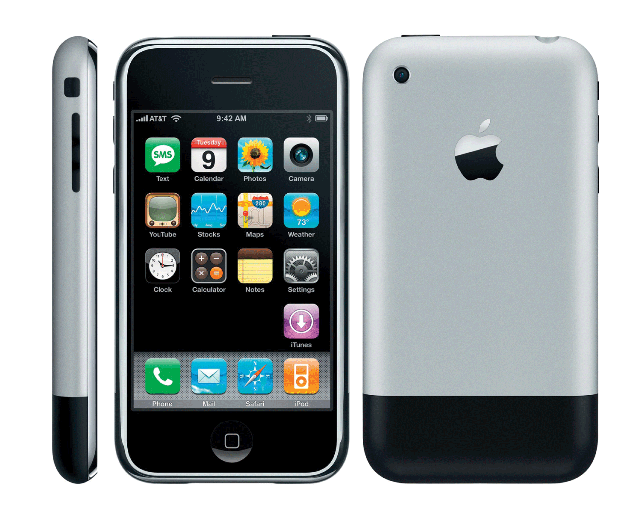 2007: iPhone
2007: iPhone
Released on June 29, 2007, it featured quad-band GSM cellular connectivity with GPRS and EDGE support for data transfer. Jobs had generated such frenzy with his idea of a phone that thousands of people queued up outside stores to pick up a piece.
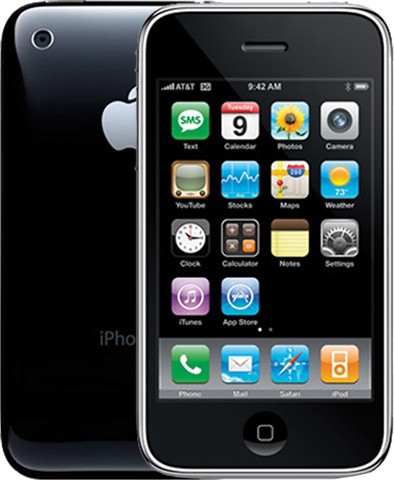 2008: iPhone 3G
2008: iPhone 3G
Included GPS, 3G data and tri-band UMTS/HSDPA. Introduced the App Store, which was a platform for third-party applications.
2009: iPhone 3GS
The ‘S’ stood for speed. The phone had a 3-megapixel camera that supported video and 7.2 Mbit/s HSDPA downloading.
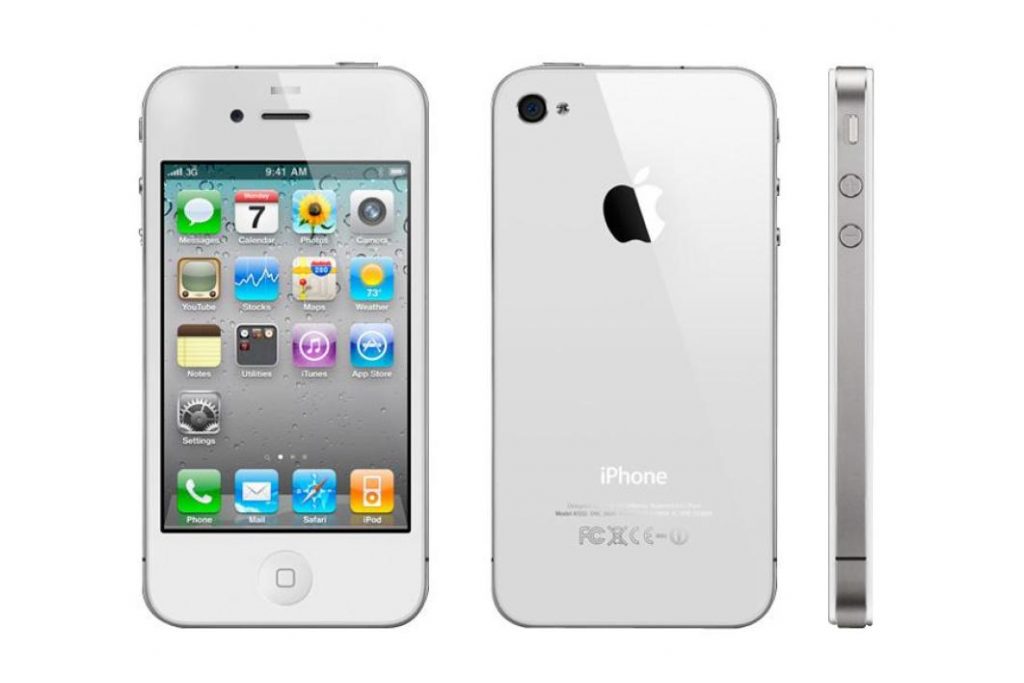 2010: iPhone 4
2010: iPhone 4
A phenomenal device, it came in a stainless steel frame, which doubled as an antenna, with internal components situated between aluminosilicate glass. It introduced ‘Retina Display’ with a pixel density of 326 pixels per inch while maintaining the same physical size and aspect ratio as its precursors. Was marketed as the thinnest smartphone in the world.
It introduced A4 system-on-chip, along with iOS 4, which introduced multitasking functionality and the FaceTime video chat for which it included a front-facing camera.
2011: iPhone 4s
Will forever be know for being released the year Jobs passed away.
 2012: iPhone 5
2012: iPhone 5
Was the last iPhone to be overseen by Steve Jobs and the first to be developed under the guidance of Tim Cook. Came with an aluminum-based body, which was thinner and lighter than previous models, a taller screen, the A6 system-on-chip, LTE support, and a compact dock connector, which replaced the 30-pin design used by previous models.
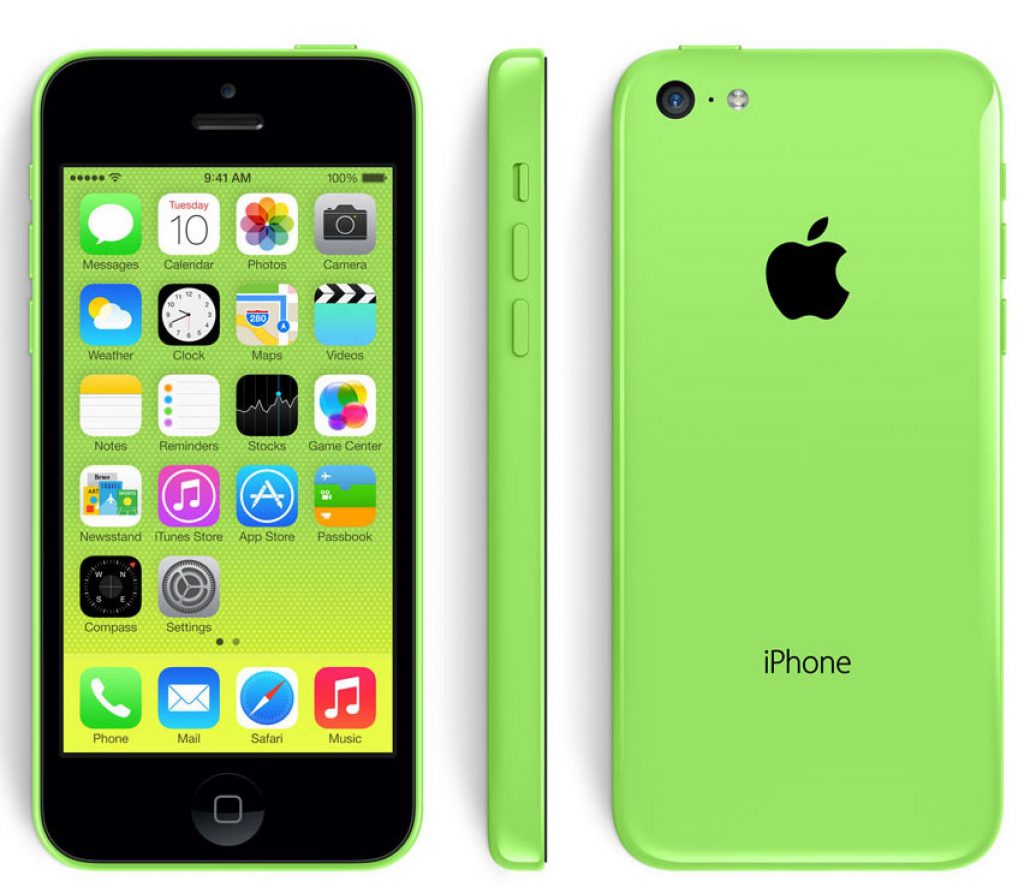 2013: iPhone 5S
2013: iPhone 5S
Home button came with a fingerprint recognition system, which can be used to unlock the phone and authenticate App Store and iTunes Store purchases. Came with A7 64-bit dual-core processor, the first 64-bit processor to be used on a smartphone, and the M7 ‘motion co-processor’.
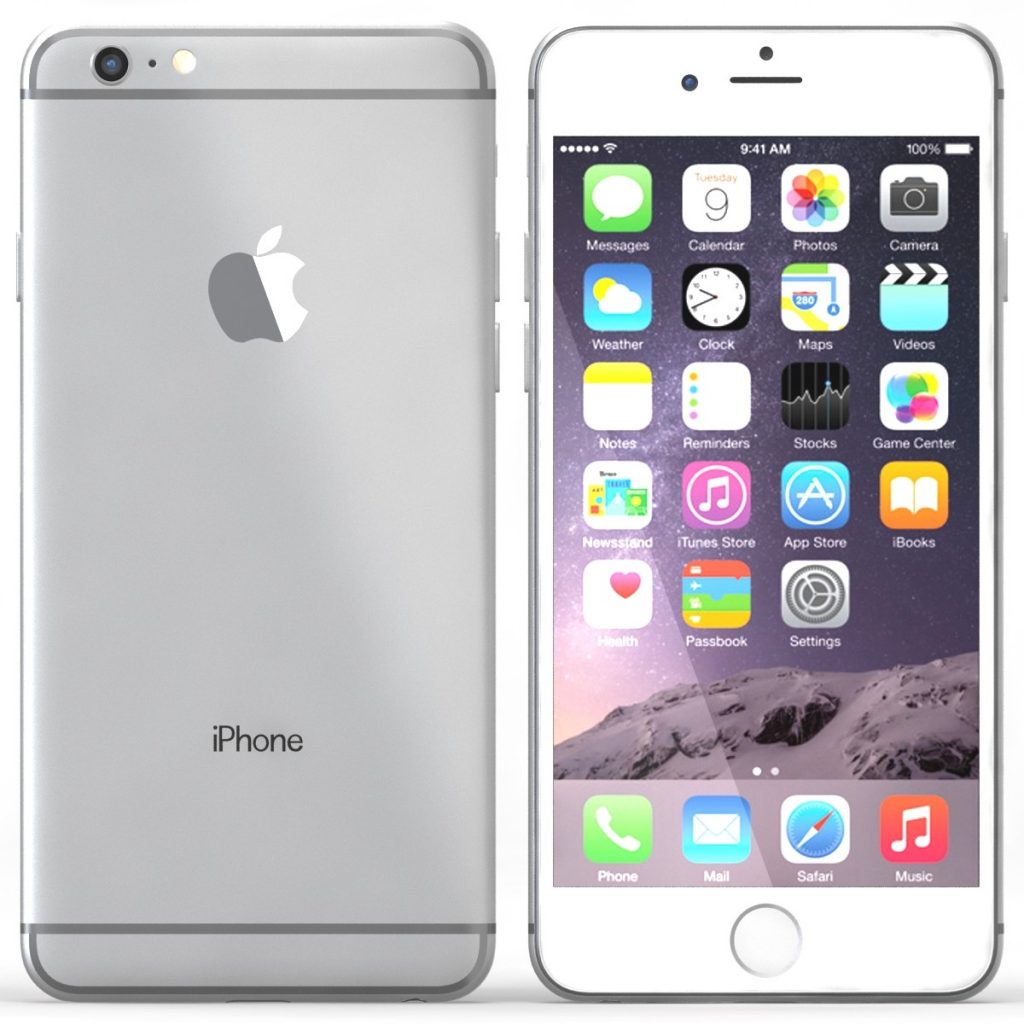 2014: iPhone 6
2014: iPhone 6
The iPhone 6 Plus had a larger display. Both phones had a faster processor, upgraded cameras, improved LTE and Wi-Fi connectivity, and support for a near field communications-based mobile payment services.
2015: iPhone 6s
Came with upgraded system-on-chip, a 12-megapixel camera, improved fingerprint recognition sensor and LTE Advanced support. Introduced pressure-sensitive touch inputs.
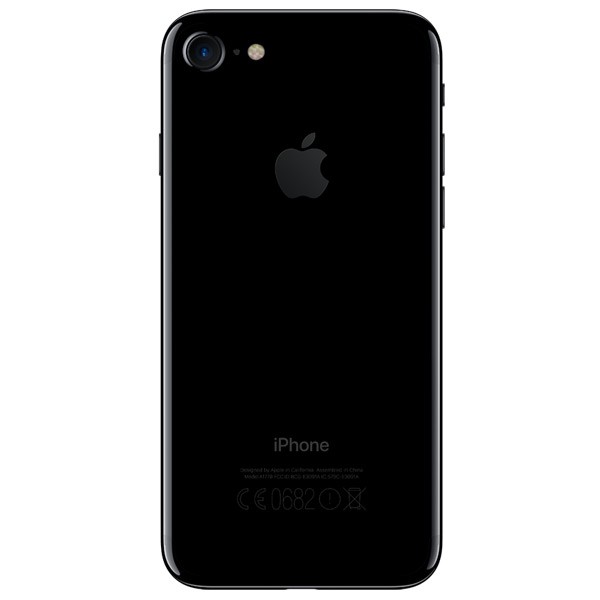 2016: iPhone 7/7 Plus
2016: iPhone 7/7 Plus
Introduced new colour options, water and dust resistance and a new home button. It did away with the 3.5 mm headphone jack. Boasts of a better camera.
2017: iPhone?


